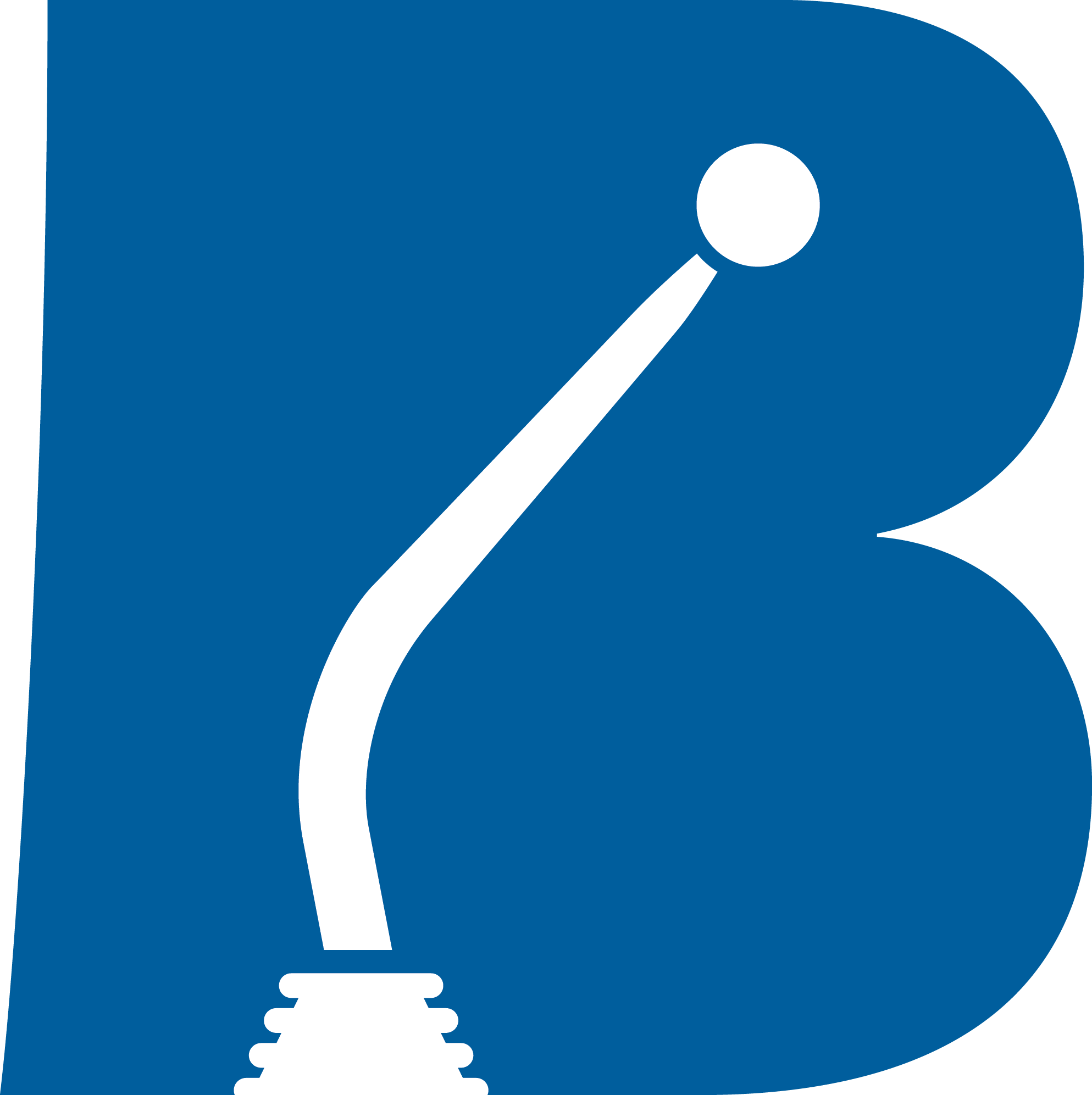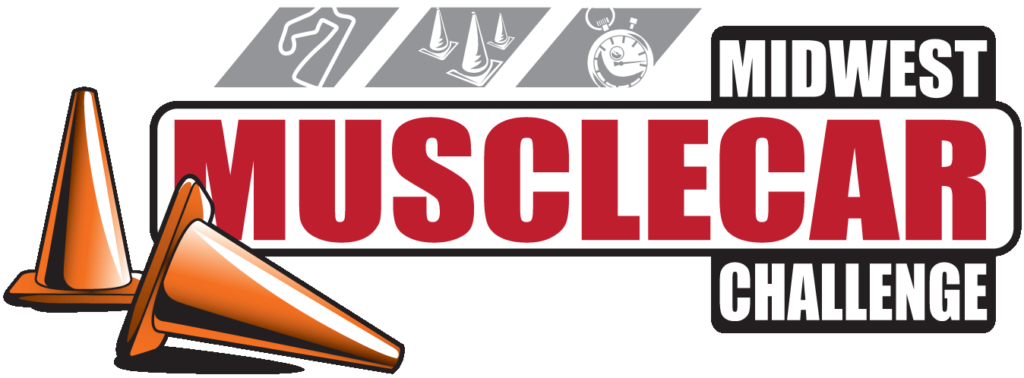A little over 20 years ago, we were introduced to the electronically controlled automatic transmission as standard equipment in nearly all new vehicles. The automakers were creating technology to keep up with the demands of government regulations on emissions and mileage requirements by installing more computer controlled equipment. The technology being developed allowed the vehicle to run more efficiently by delivering just the right amount of fuel, air, and spark to keep the engine running in prime condition. Some embraced this technology, while others turned up their noses as they were deprived of the full manual control they once had.

Coming back to present day, the technology has advanced to allow us to swap nearly any engine and transmission combo into the ride of your choice. Although there are still many of you who prefer the old-school mechanically-controlled systems of years past, the tuning capabilities of today’s engine and transmission controllers far surpasses the abilities to set up mechanically operated drivetrains by even the most seasoned professionals. The transmission control module (TCM) gives us the ability to dial in specific shift points and shift pressure for each gear at a certain percentage of throttle and vehicle speed. Most TCMs even have the ability to toggle between multiple shift programs so you can have a mild shift pattern for normal street driving and then a more aggressive shift pattern for racing.

While it’s true that all of those features come at a steeper cost than a traditional mechanically operated automatic transmission, once you drive a hot rod that has been dialed in with the correct shift points, you’ll never go back. The problem a lot of folks run into with the older transmissions is that when they were designed, it was for a specific application. That means the gear ratios, shift timing, and lock up engagement were all set for the car or truck that transmission was going in at the factory. Once we start changing the variables such as rear gear ratio, rear tire size, engine torque output, vehicle weight, etc. these older transmissions just can’t compensate for all those changes by means of mechanical adjustment. Yes, you can get it close enough to where its manageable and works, but it will never be as good as it can be, and for a lot of us we just don’t know how much better it can be so we never change.
Another variable to keep in mind when planning out a build is how compatible the transmission is with the engine that you plan on using. The last 10 years have seen an explosion of factory fuel-injected engines being installed in hot rod builds. The power output, availability, and ease of installation have made them the perfect choice to build a reliable ride. The downside is that unless you are going to be using a manual transmission you will be pretty much stuck using an electronically controlled transmission. The newer engines that came from the factory with an automatic are only set up for the electronic transmissions and do not have the provisions to operate the mechanical cables that set the shift pressures and shift timing in an older transmission. This can become a difficult burden to overcome and likely not worth the effort in the end. If you didn’t buy a complete engine and transmission package, then you will want to look for a model of transmission that would’ve been available behind the engine you will be using. This will make the set up and installation much easier.

The last problem you may encounter in your drivetrain plan is finding a transmission strong enough to work behind your engine. This may involve mixing and matching brands to get the best possible combination. As with most aftermarket components the more popular applications get the most support, so it can sometimes be difficult to find matching brands of engines and transmissions that will hold up to the torque being produced. Rarely do factory spec transmissions withstand big power for very long, and if the brand of transmission you want to use does not have upgrades available to handle a sizable increase in torque you may be looking at an alternative brand with an adapter kit to bolt the two together. This is another area where the electronically controlled transmissions can be an asset. When you can set up and control the transmission independent of the engine you are given a much wider range of possibilities to get the shift points dialed in exactly where you want them.
With each year that passes, more and more of the older transmissions meet their final destination in the scrap pile. There will always be some level of support for a few models but we are seeing more and more of them being left behind in favor of the newer technology. There’s no denying that the newer technology is here to stay so we might as well embrace it, and typically once you do, you will realize how powerful those options can be when implemented correctly. We’re still very supportive of the older transmissions and we realize that you may have your heart set on using that 700-R4 you have stashed away, but we also want you to be aware of the limitations of trying to use that type of transmission behind a newer LS engine with a factory style intake. Without the proper TV cable set up you will be fighting it all the way and in the end you will either burn up your transmission or hate the way it shifts. Allow yourself to be open to options and advice from those who’ve been there and done that, and you will end up with a drivetrain that will bring you plenty of smiles for miles.


